In today’s global economy, the transportation of goods plays a crucial role in connecting markets, businesses, and consumers. With various shipping methods available—air, land, and sea—choosing the right option can significantly impact cost, efficiency, and environmental footprint. Understanding the unique advantages of each method is essential for making informed decisions that align with business objectives and sustainability goals. Among the options, ocean shipping stands out for its numerous benefits, making it a preferred choice for many industries.
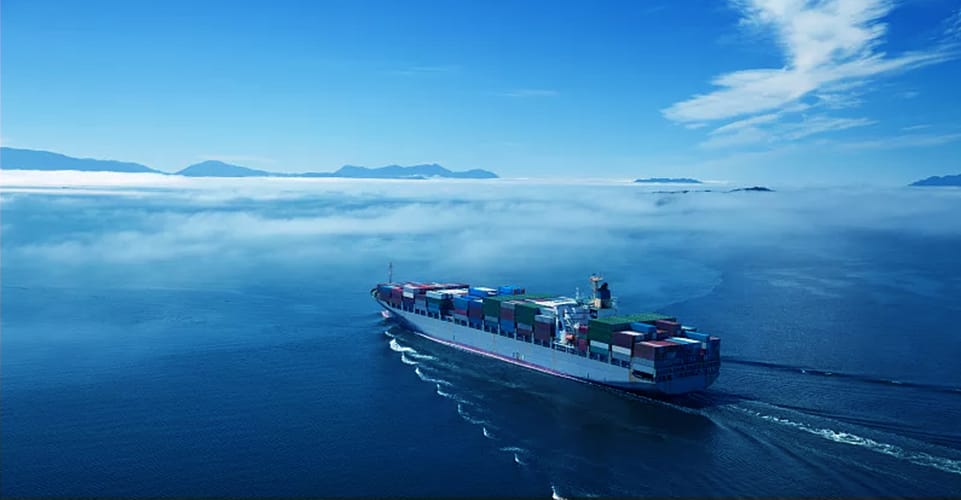
Table of Contents
Cost-Effectiveness: Maximizing Your Shipping Budget with Ocean Freight
One of the primary reasons companies opt for ocean shipping is its cost-effectiveness. Compared to air and land transport, ocean shipping offers substantially lower transportation costs. This affordability is largely due to the economies of scale, as ships can carry vast quantities of cargo, reducing the per-unit cost of transportation. By leveraging the larger capacity of ocean vessels, businesses can significantly cut down on their shipping expenses, making it an economical choice for both large and small enterprises.
Environmental Impact: Greener Shipping Solutions with Ocean Freight
In an era where sustainability is increasingly important, ocean shipping presents a more environmentally friendly option. Ships have a lower carbon footprint per ton-mile compared to trucks and airplanes, making them a greener choice for transporting goods. Additionally, advancements in fuel efficiency and the use of cleaner technologies have further reduced the environmental impact of ocean freight. By choosing sea transport, companies can contribute to lowering global emissions and support sustainable logistics practices.
Capacity and Volume: Handling Large and Heavy Goods with Ease
The exceptional capacity and volume capabilities of ocean shipping make it ideal for transporting large and heavy goods. Unlike air and land transport, which have size and weight limitations, ships can easily accommodate bulk shipments and oversized items. This versatility is especially beneficial for industries that deal with large quantities of raw materials, heavy machinery, or oversized products that would be impractical to move via other methods. With ocean shipping, businesses can efficiently manage large-scale logistics without compromising on space or cost.
Global Reach: Connecting the World through Extensive Sea Routes
One of the standout features of ocean shipping is its extensive network of sea routes, which connect major ports across the globe. This global reach allows businesses to transport goods to virtually any destination, facilitating international trade and market expansion. Moreover, ocean shipping provides accessibility to remote and developing regions that may not have well-established air or land transport infrastructure. This extensive connectivity makes ocean shipping a viable option for reaching diverse markets, promoting global commerce, and fostering economic growth in less accessible areas.
Safety and Security: Ensuring Safe Passage for Your Cargo
Safety and security are paramount when it comes to transporting goods, and ocean shipping excels in these areas. Compared to air and road transport, ocean shipping has a lower risk of accidents, contributing to the safe delivery of cargo. Additionally, the maritime industry is well-equipped to handle hazardous materials, ensuring that they are transported securely and in compliance with international regulations. This robust safety framework provides peace of mind for businesses, knowing that their goods are in reliable hands during transit.
Versatility: Adapting to a Wide Range of Cargo Needs
Ocean shipping is uniquely versatile, making it suitable for a diverse array of goods. Whether it’s dry bulk, liquid bulk, or containerized cargo, ships can accommodate various types of shipments with ease. This flexibility extends to handling different cargo types, from perishable goods to oversized machinery. The ability to adapt to a wide range of shipping needs makes ocean freight an attractive option for businesses across multiple industries, providing customized solutions that meet specific logistical requirements.
Technological Advancements: Leveraging Innovation for Enhanced Shipping
The maritime industry has embraced technological advancements to enhance the efficiency and reliability of ocean freight services. Innovations in logistics and tracking systems have revolutionized the way goods are transported, providing real-time visibility and improved management of cargo. These technological improvements have streamlined operations, reduced transit times, and enhanced the overall customer experience. By leveraging these advancements, ocean shipping continues to evolve, offering more efficient and dependable solutions for global trade.
Challenges and Considerations: Navigating the Complexities of Ocean Shipping
When considering ocean freight as a shipping method, it’s essential to be aware of several challenges and considerations that may impact your logistics process. Here are some of the most critical factors:
Longer Transit Times Compared to Air Shipping
One of the most significant challenges of ocean freight is the longer transit times compared to air shipping. While air freight can deliver goods within a few days, ocean freight may take several weeks, depending on the origin and destination ports. This extended transit time can affect your supply chain and inventory management. It’s crucial to plan accordingly and adjust your lead times to ensure that your products arrive when needed.
Weather and Piracy Risks
Weather risks are inherent in ocean transportation. Severe weather conditions such as storms, hurricanes, and typhoons can disrupt shipping schedules, cause delays, and even damage cargo. It’s vital to opt for reliable insurance services to cover potential losses or damages due to weather-related incidents.
Piracy is another risk associated with ocean freight, particularly in regions like the Gulf of Aden, the Strait of Malacca, and the waters off the coast of West Africa. Shipping companies often take various measures, such as employing security personnel and rerouting vessels, to mitigate the risks of piracy. However, these measures can increase shipping costs and transit times.
Read More:
- Shipping From China to the United States
- Shipping From China TO CANADA
- Shipping From China To Netherlands
- Shipping From China To UNITED KINGDOM
- Shipping From China To ALGERIA
- Shipping from China to UAE
- Shipping from China to Saudi Arabia
Port Congestion and Customs Clearance Delays
Port congestion is a common issue, especially in busy ports where high volumes of cargo are handled. Congestion can lead to delayed unloading and loading of vessels, increasing overall transit times. To mitigate these delays, it’s advisable to work with experienced freight forwarders who can navigate these challenges efficiently.
Customs clearance delays can also pose significant challenges. Various factors, including incomplete or incorrect documentation, stringent customs regulations, and thorough inspections, can slow down the clearance process. Partnering with logistics providers like Dantful International Logistics can help streamline customs procedures, ensuring faster and more efficient clearance.

Young Chiu is a seasoned logistics expert with over 15 years of experience in international freight forwarding and supply chain management. As CEO of Dantful International Logistics, Young is dedicated to providing valuable insights and practical advice to businesses navigating the complexities of global shipping.








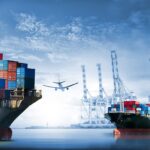


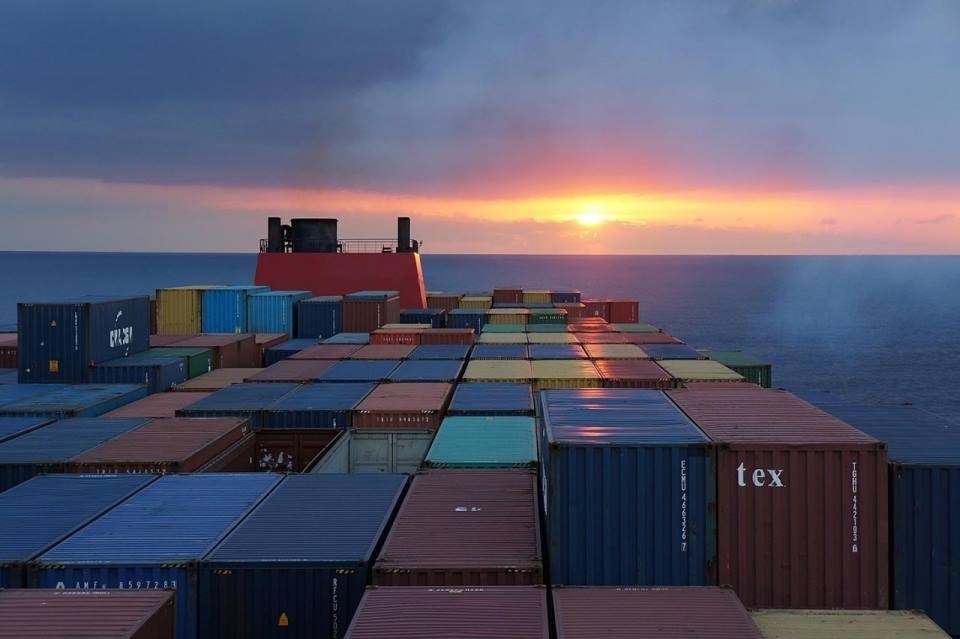
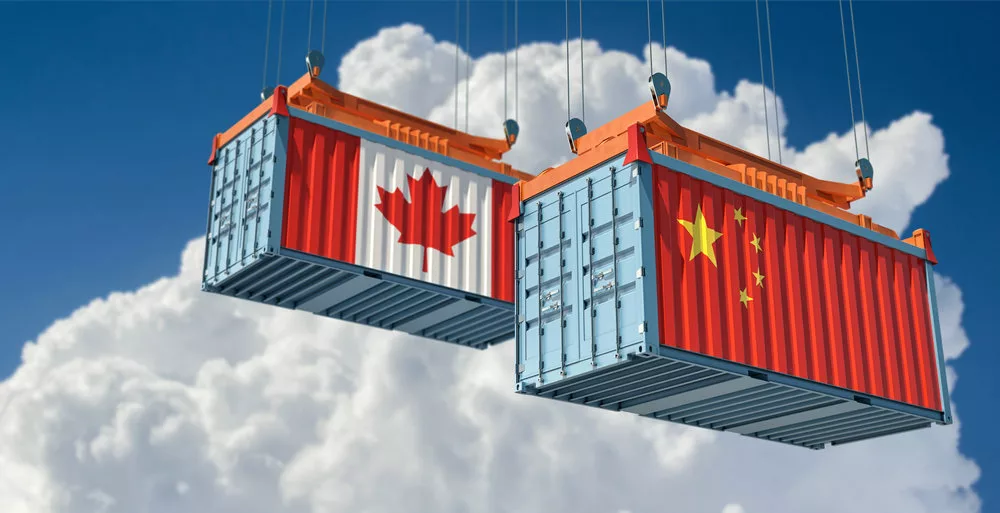
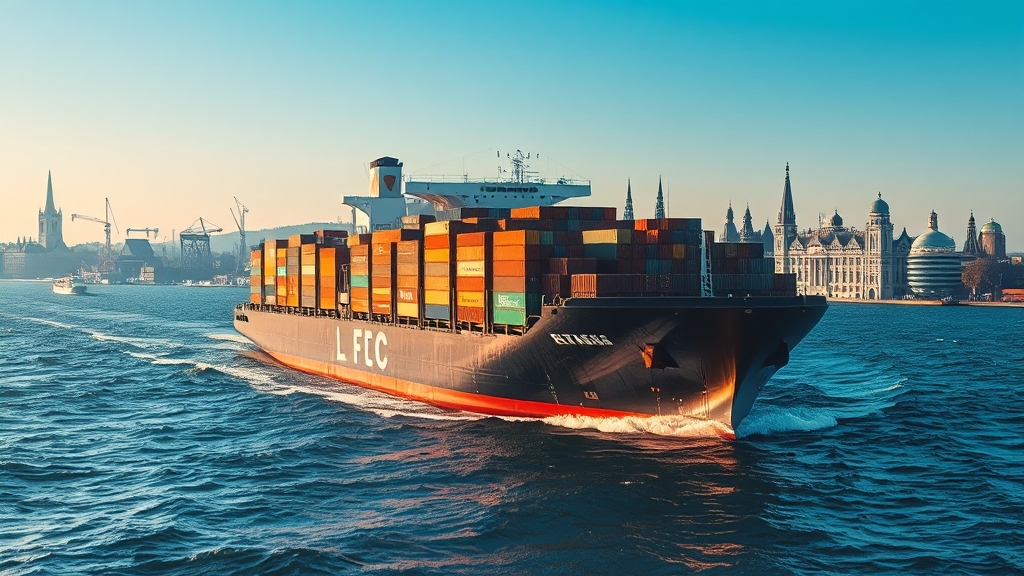
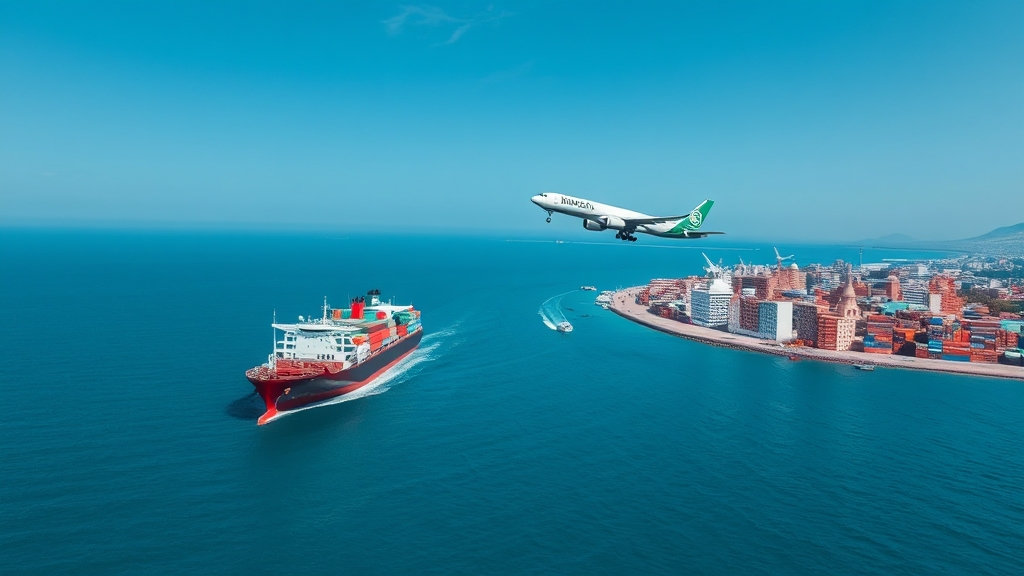
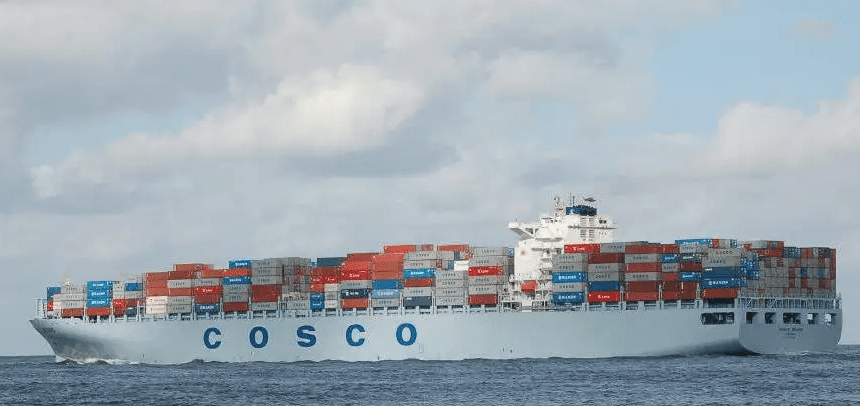





 Afrikaans
Afrikaans Shqip
Shqip አማርኛ
አማርኛ العربية
العربية Հայերեն
Հայերեն Azərbaycan dili
Azərbaycan dili Euskara
Euskara Беларуская мова
Беларуская мова বাংলা
বাংলা Bosanski
Bosanski Български
Български Català
Català Cebuano
Cebuano Chichewa
Chichewa 简体中文
简体中文 繁體中文
繁體中文 Corsu
Corsu Hrvatski
Hrvatski Čeština
Čeština Dansk
Dansk Nederlands
Nederlands English
English Esperanto
Esperanto Eesti
Eesti Filipino
Filipino Suomi
Suomi Français
Français Galego
Galego ქართული
ქართული Deutsch
Deutsch Ελληνικά
Ελληνικά Kreyol ayisyen
Kreyol ayisyen Harshen Hausa
Harshen Hausa Ōlelo Hawaiʻi
Ōlelo Hawaiʻi עִבְרִית
עִבְרִית हिन्दी
हिन्दी Hmong
Hmong Magyar
Magyar Íslenska
Íslenska Igbo
Igbo Bahasa Indonesia
Bahasa Indonesia Gaeilge
Gaeilge Italiano
Italiano 日本語
日本語 Basa Jawa
Basa Jawa ಕನ್ನಡ
ಕನ್ನಡ Қазақ тілі
Қазақ тілі ភាសាខ្មែរ
ភាសាខ្មែរ 한국어
한국어 كوردی
كوردی Кыргызча
Кыргызча ພາສາລາວ
ພາສາລາວ Latin
Latin Latviešu valoda
Latviešu valoda Lietuvių kalba
Lietuvių kalba Lëtzebuergesch
Lëtzebuergesch Македонски јазик
Македонски јазик Malagasy
Malagasy Bahasa Melayu
Bahasa Melayu മലയാളം
മലയാളം Maltese
Maltese Te Reo Māori
Te Reo Māori मराठी
मराठी Монгол
Монгол ဗမာစာ
ဗမာစာ नेपाली
नेपाली Norsk bokmål
Norsk bokmål پښتو
پښتو فارسی
فارسی Polski
Polski Português
Português ਪੰਜਾਬੀ
ਪੰਜਾਬੀ Română
Română Русский
Русский Samoan
Samoan Gàidhlig
Gàidhlig Српски језик
Српски језик Sesotho
Sesotho Shona
Shona سنڌي
سنڌي සිංහල
සිංහල Slovenčina
Slovenčina Slovenščina
Slovenščina Afsoomaali
Afsoomaali Español
Español Basa Sunda
Basa Sunda Kiswahili
Kiswahili Svenska
Svenska Тоҷикӣ
Тоҷикӣ தமிழ்
தமிழ் తెలుగు
తెలుగు ไทย
ไทย Türkçe
Türkçe Українська
Українська اردو
اردو O‘zbekcha
O‘zbekcha Tiếng Việt
Tiếng Việt Cymraeg
Cymraeg יידיש
יידיש Yorùbá
Yorùbá Zulu
Zulu